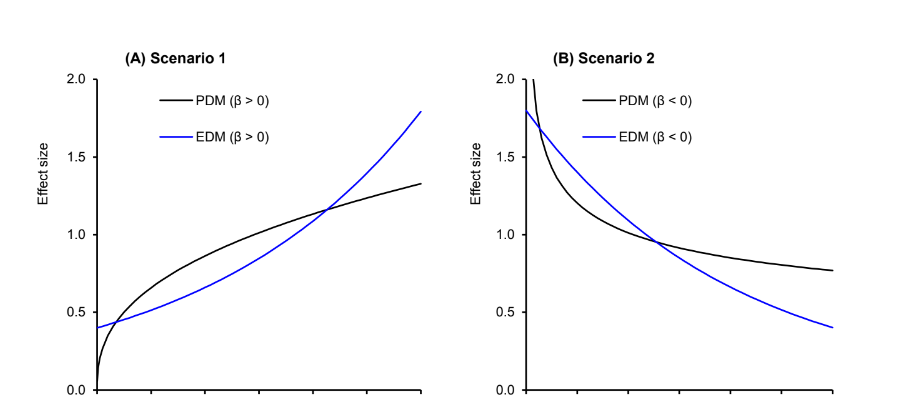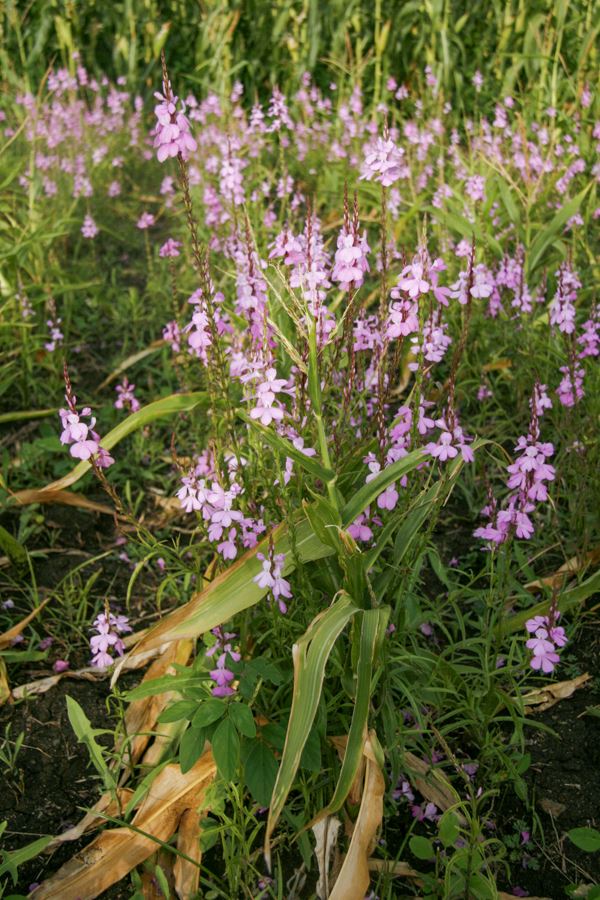Scattered and isolated trees are a common feature of traditional agroforestry systems, urban landscapes and many other natural and human-modified landscapes. However, they are rarely systematically studied and our understanding of their influence on ecosystem properties is incomplete. The challenge is to provide accurate information on their influences in the landscapes they occur so that evidence-based policies and practices can be formulated for their preservation and management. We undertook a review and analyses with the aim to provide evidence and mechanistic explanation for spatial patterning of ecosystem properties around isolated trees. Using 36 datasets collected from sites across the globe, we show that single-tree effects are monotonically decreasing functions of distance from the trunk. Lateral root density, hydraulic conductivity, soil organic carbon concentrations, nutrient pools, crop yields and biomass of understorey vegetation showed predictable spatial patterns consistent with distance-decay models implicit in Tobler’s first law of geography and the neutral theory of biogeography. In 24 out of the 36 cases analysed, the power-law distance-decay model described the patterns better than the exponential decay model. It is concluded that tree effects exceed the crown projection area, and therefore the contribution of isolated tree stands to ecosystem functioning may be disproportionately larger than the area they occupy. The analyses provided a new perspective of pattern formation supporting the notion that isolated trees are keystone structures in the ecosystems where they occur. This provides justification for their protection and prudent management. The patterns elucidated also provide a theoretical justification for a paradigm shift in study design and statistical analysis of tree effects in agroforestry. Since measurements are monotonically decreasing (or increasing) functions of distance from the trunk, we discourage the use of distance as a fixed effect in statistical models when analysing data from agroforestry systems.
Authors: Gudeta W Sileshi and Arun Jyoti Nath
Contact address: sileshigw@gmail.com
Institution: Department of Plant Biology and Biodiversity Management, Addis Ababa University, Addis
Ababa, Ethiopia
Twitter name of the institution: /
Twitter link: /
Available downloads:


